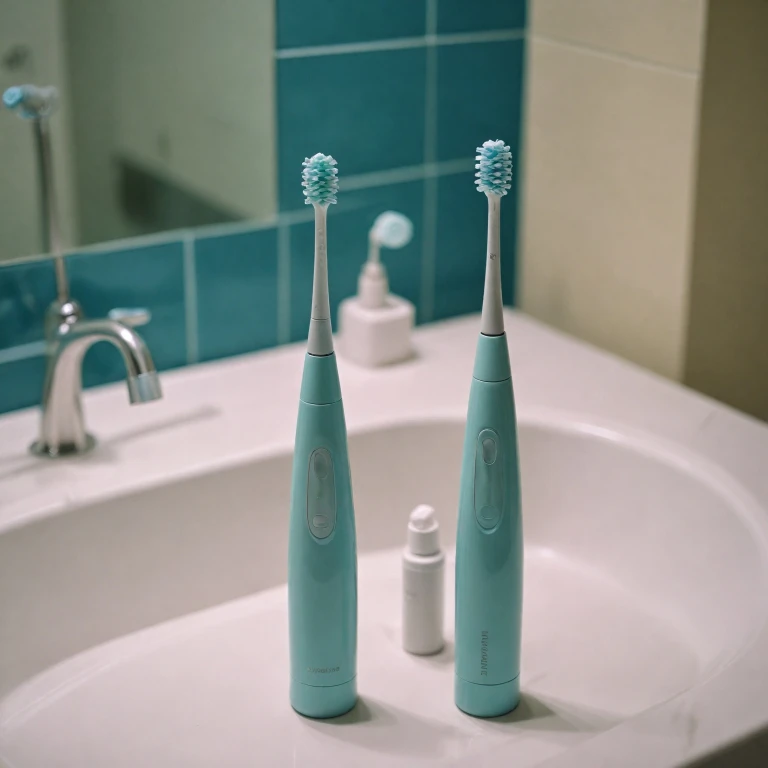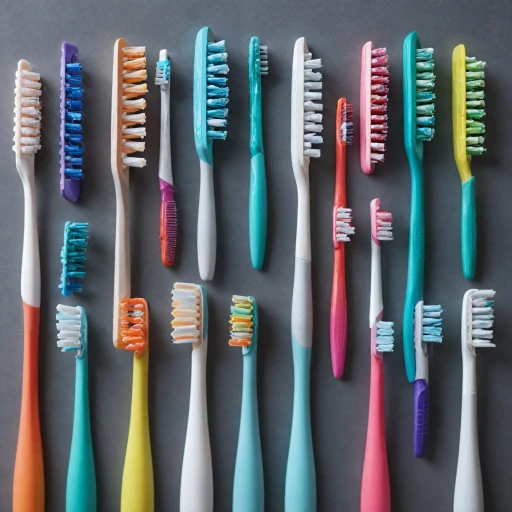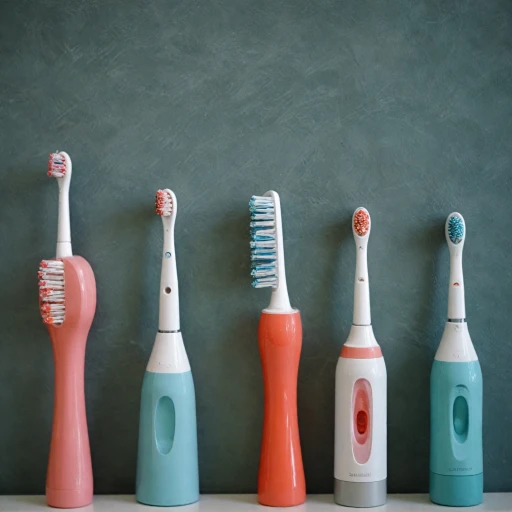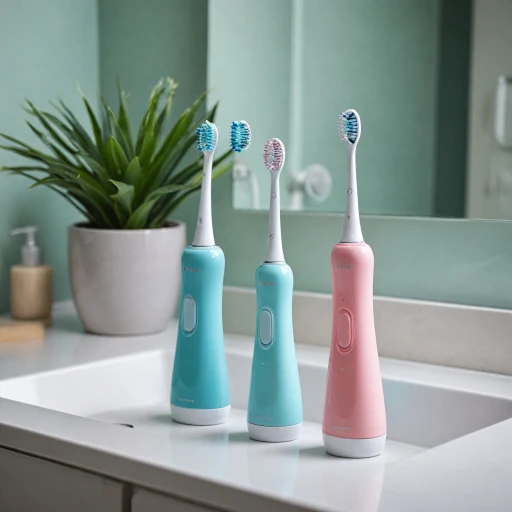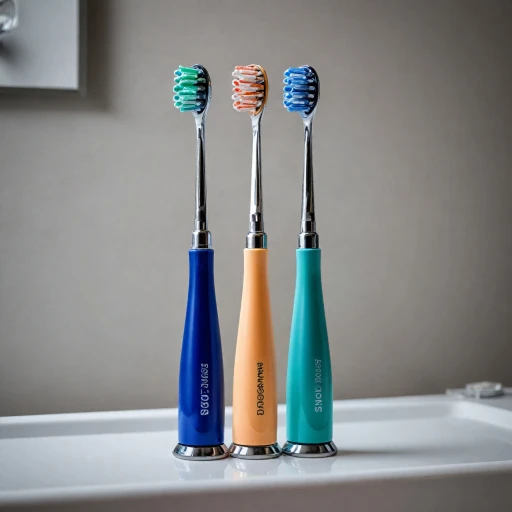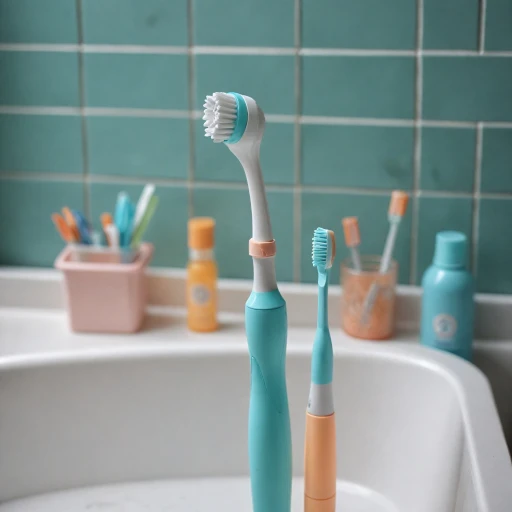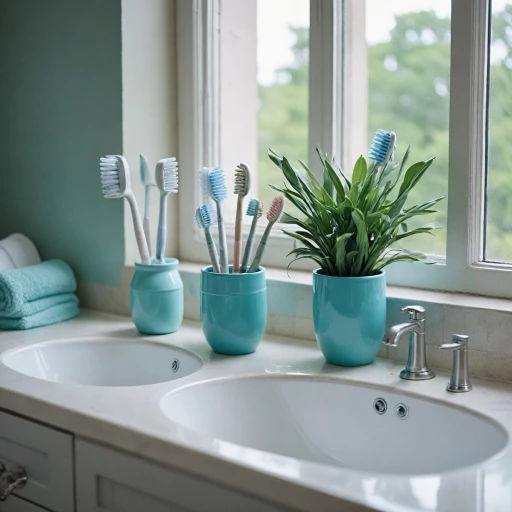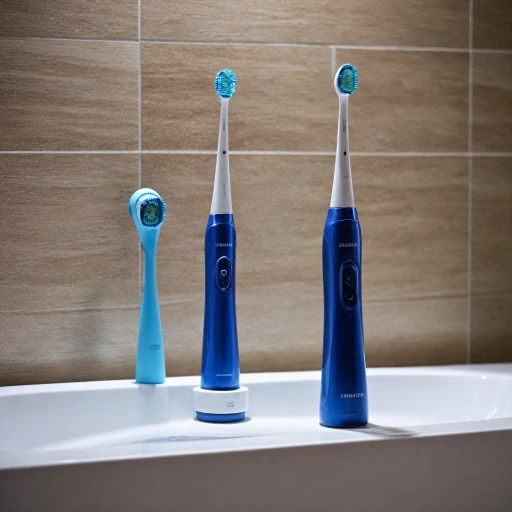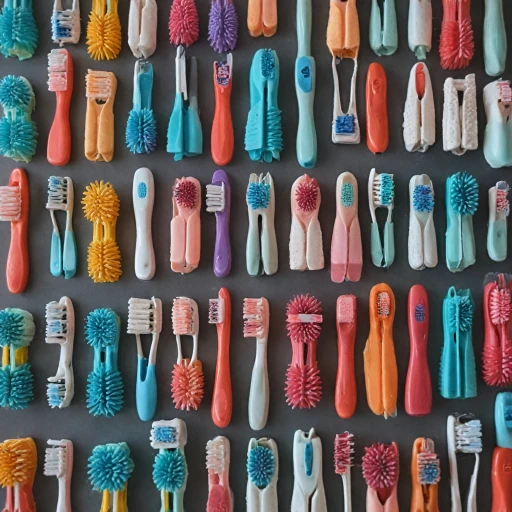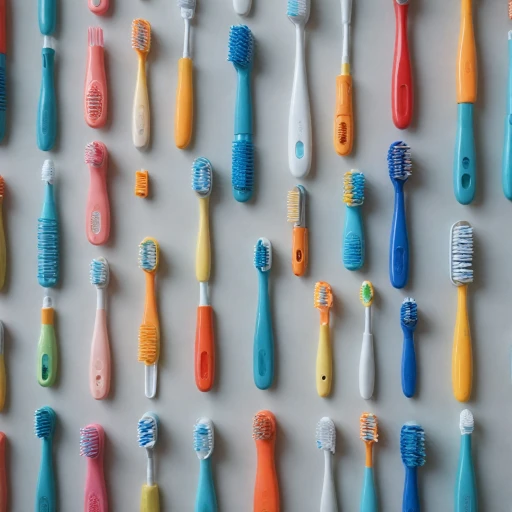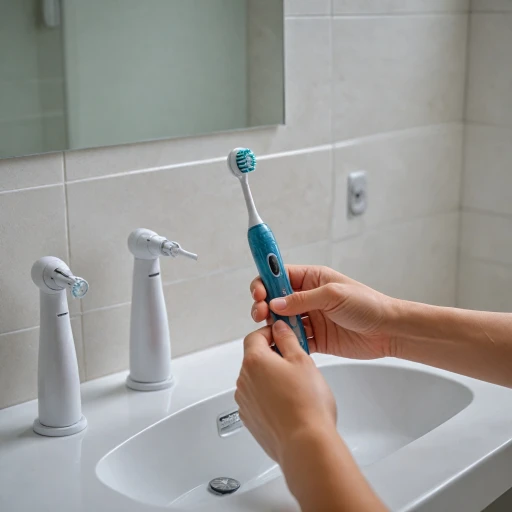
Understanding Gingivitis and Its Impact on Oral Health
Recognizing the Effects of Gingivitis on Oral Well-being
Gingivitis is a common form of gum disease characterized by inflammation, which can lead to swollen and bleeding gums. Plaque buildup, a sticky film of bacteria, is the primary culprit of this condition. When plaque is not removed effectively, it can harden into tartar, further worsening gum inflammation and oral health. As such, focusing on plaque removal is key, which makes selecting the right toothbrush critical. Using the right toothbrush, whether manual or electric, is vital in addressing gingivitis and maintaining gum health. Many dental professionals advocate switching to an electric toothbrush, as these devices are designed to offer enhanced plaque removal through oscillating and rotating movements. Users often find electric toothbrushes more effective and simpler to use compared to manual ones. Individuals with sensitive teeth or receding gums should consider toothbrushes with soft bristles to prevent further irritation to their already sensitive gums. An electric brush with a pressure sensor can be especially beneficial as it alerts the user if excessive pressure, which can cause gum recession, is applied while brushing. Considering the impact of gingivitis, it's important to choose an electric toothbrush that caters to your dental care needs while promoting overall oral health. To learn more about selecting the ideal electric toothbrush to support gum health, visit Finding the Right Electric Toothbrush for Gum Health.Key Features to Look for in an Electric Toothbrush for Gingivitis
Crucial Elements of an Electric Toothbrush for Gum Health
When considering an electric toothbrush specifically designed for gingivitis, several features are key to ensuring both efficacy and comfort. Recognizing these elements can bolster oral hygiene practices and provide a more soothing experience, especially for those with sensitive gums or pre-existing gum disease.
- Soft Bristles: For individuals with gingivitis, opting for toothbrushes with extra soft bristles is essential. These bristles are gentle on sensitive gums and help prevent further gum recession while effectively cleaning the teeth and gums.
- Pressure Sensor: A pressure sensor in an electric toothbrush can be a game-changer for optimal gum health. It alerts users if they are brushing too hard, a common mistake that can exacerbate gingivitis and lead to gum damage.
- Variety of Brush Heads: Access to different brush heads can cater to various dental needs. For instance, smaller, oscillating rotating brush heads might make it easier to reach difficult areas and effectively remove plaque without straining sensitive gums.
- Modes for Sensitive Teeth: Electric toothbrushes with dedicated modes for sensitive teeth offer a gentler brushing experience, helping to protect both the gums and teeth while maintaining thorough plaque removal.
These features, when paired with correct usage and additional oral care tips, can make a significant difference in managing gingivitis and promoting overall oral health. Investing in a suitable toothbrush not only enhances gum health but also contributes to preventing further oral diseases.
Top Electric Toothbrush Models Recommended for Gingivitis
Recommended Models for Effective Oral Health
Selecting the best toothbrush for managing gingivitis can greatly influence your oral hygiene routine. Electric toothbrushes, with their advanced technology and features, offer significant advantages over manual alternatives. When it comes to choosing the right model, consider these top recommendations, known for promoting gum health and effective plaque removal.- Oral-B Pro 1000: A reliable choice for addressing gum disease with its oscillating rotating technology. The Oral-B Pro 1000 uses a pressure sensor that alerts you while brushing too hard, protecting your gums from damage. For an in-depth understanding of suitable brush head replacements for this model, check out this resource on Oral-B Pro 1000 brush head replacements.
- Sonicare ProtectiveClean 6100: Renowned for its sonic technology and gentle yet effective performance. This toothbrush is ideal for individuals with sensitive teeth, offering customized intensity settings and a soft brush head for a thorough clean without irritating your gums.
- Fairywill Electric Toothbrush: A budget-friendly option that doesn't compromise on efficacy. It's equipped with different modes to suit varying needs, such as sensitive teeth or deep clean, ensuring that your oral care routine is tailored to promote healthy gums.
How to Use an Electric Toothbrush Effectively for Gingivitis
Proper Technique for Using Your Electric Toothbrush
To achieve optimal gum health and manage gingivitis effectively, it is important to master the correct technique when using an electric toothbrush. Holding the brush at a 45-degree angle towards your gum line, gently move it along your teeth and gums, allowing the vibrating or oscillating-rotating motion to do the cleaning for you. Ensure you cover all surfaces, including the fronts, backs, and chewing surfaces of your teeth.
Gentle Pressure is Key
Applying too much pressure while brushing can harm your gums, leading to gum recession and increased sensitivity. A common feature in many modern electric toothbrushes is a built-in pressure sensor, which alerts you if you're pressing too hard. Always aim for a light touch—let the brush's technology handle the heavy lifting in plaque removal.
The Right Duration for Effective Brushing
For best results, most dental professionals recommend brushing for two minutes, twice a day. Many electric toothbrushes include a timer to help you keep track of the time, ensuring you don’t cut short your brushing session. This duration ensures that all areas in your mouth receive adequate attention, contributing to overall oral health.
Choosing the Right Brush Head
Using a soft-bristled brush head is vital, especially if you have sensitive teeth or receding gums. Soft bristles are gentle on gums yet efficient at cleaning, removing plaque without irritating your soft tissues. Regularly replace your brush head, ideally every three months, or sooner if the bristles become worn out.
Completing Your Oral Care Routine
While proper electric toothbrush use is crucial, remember it’s just one part of a comprehensive oral hygiene routine. Complement your brushing with flossing and the use of mouthwash to target areas your toothbrush can’t reach easily. Regular visits to your dental professional also remain key in maintaining gum health and addressing any early signs of gum disease.
Additional Oral Care Tips for Managing Gingivitis
Comprehensive Oral Care Routine
Maintaining optimal gum health goes beyond simply choosing the right electric toothbrush for gingivitis. Integrating additional oral care tips into your daily routine can help combat gingivitis and improve overall oral health.- Floss Regularly: Incorporate flossing into your daily regimen to remove plaque and debris from areas where the toothbrush’s bristles can’t reach. Whether you prefer traditional string floss or a water flosser, regular use helps prevent the build-up of plaque that can lead to gum disease.
- Use an Antibacterial Mouthwash: Rinse with an antibacterial mouthwash to further reduce plaque and inflammation. This can help target bacteria that might linger even after brushing and flossing.
- Choose the Right Toothpaste: Opt for a toothpaste that includes active ingredients targeting gingivitis, such as stannous fluoride or triclosan. These ingredients help reduce plaque and gingival inflammation.
- Stay Consistent: Consistency is crucial for effectively managing gingivitis. Make sure to brush for two minutes, twice a day, and complete your oral hygiene routine regularly to maintain gum health.
- Monitor Your Dietary Habits: A balanced diet rich in vitamins, particularly vitamin C, can support healthy gums. Avoid excessive sugary snacks to reduce plaque accumulation on teeth.
- Visit Your Dentist Regularly: Regular dental check-ups and cleanings are essential. Professional cleanings remove tartar which can’t be eliminated by brushing and flossing alone. Dentists can also provide personalized advice specific to your dental health needs.
Common Mistakes to Avoid When Using an Electric Toothbrush
Common Pitfalls to Avoid with Electric Toothbrushes
Using an electric toothbrush can significantly improve your oral health, especially if you’re dealing with gingivitis. However, there are some common mistakes that can hinder your progress. Here’s what to watch out for:
- Applying Too Much Pressure: One of the most frequent errors is pressing the toothbrush too hard against your teeth and gums. This can lead to gum recession and damage to the enamel. Many electric toothbrushes come with a pressure sensor to alert you when you’re brushing too hard. Make sure to utilize this feature to protect your gums.
- Using the Wrong Brush Head: Not all brush heads are created equal. For gingivitis, it’s crucial to use a brush head with soft bristles to avoid irritating sensitive gums. Opt for brush heads specifically designed for sensitive teeth and gums to ensure gentle yet effective plaque removal.
- Neglecting to Replace Brush Heads: Over time, bristles wear out and become less effective at cleaning. It’s recommended to replace your brush head every three months or sooner if the bristles are frayed. This ensures optimal cleaning and helps maintain your oral health.
- Skipping Areas: It’s easy to miss spots, especially the back teeth and gum line. Make sure to cover all areas of your mouth, spending at least two minutes brushing. Some electric toothbrushes have timers to help you keep track of your brushing time.
- Relying Solely on Brushing: While brushing is essential, it’s not the only step in maintaining gum health. Complement your routine with flossing and using mouthwash to remove plaque and food particles from areas your toothbrush can’t reach.
By avoiding these common mistakes, you can make the most of your electric toothbrush and effectively manage gingivitis. Remember, consistency is key to achieving the best results for your oral hygiene.
